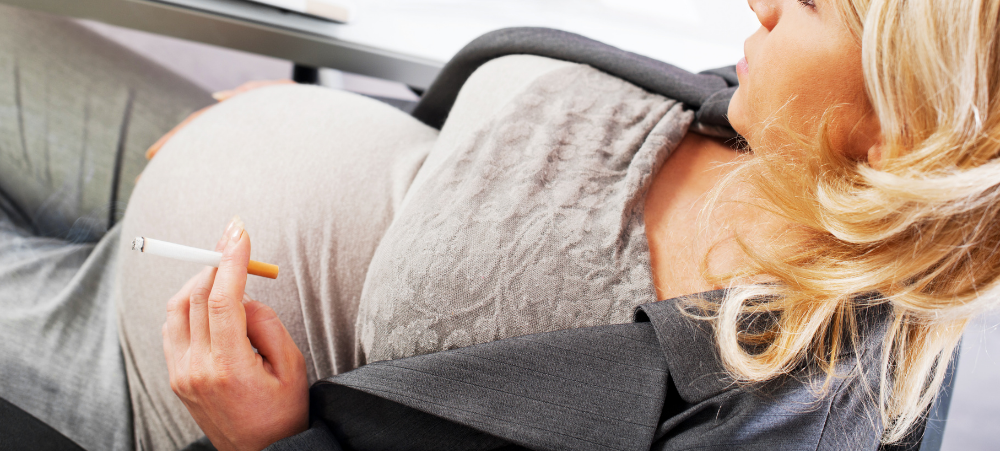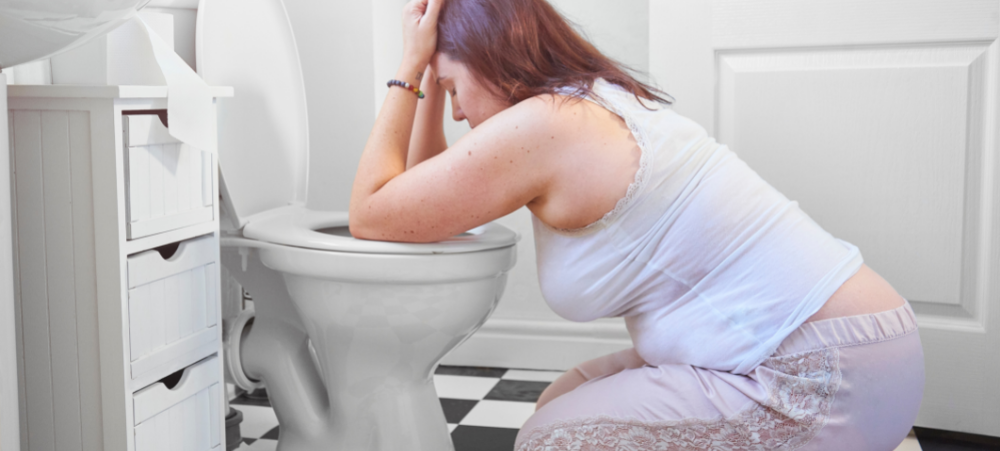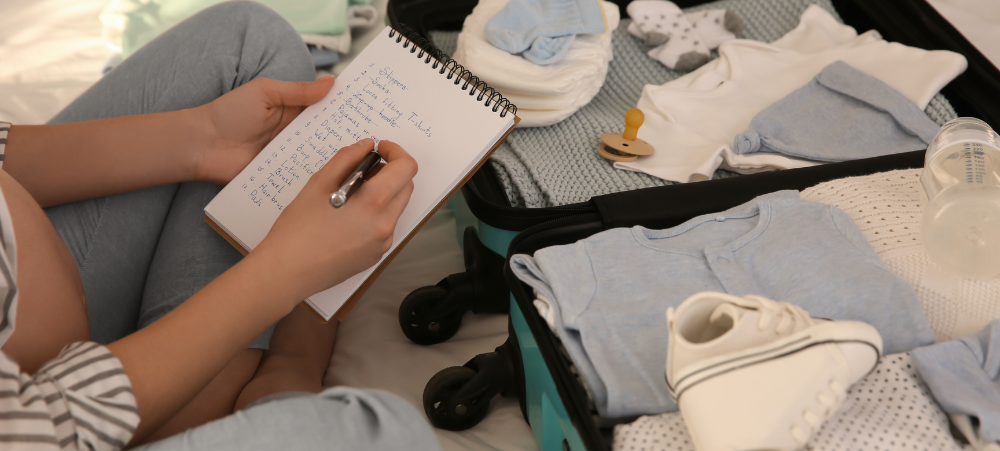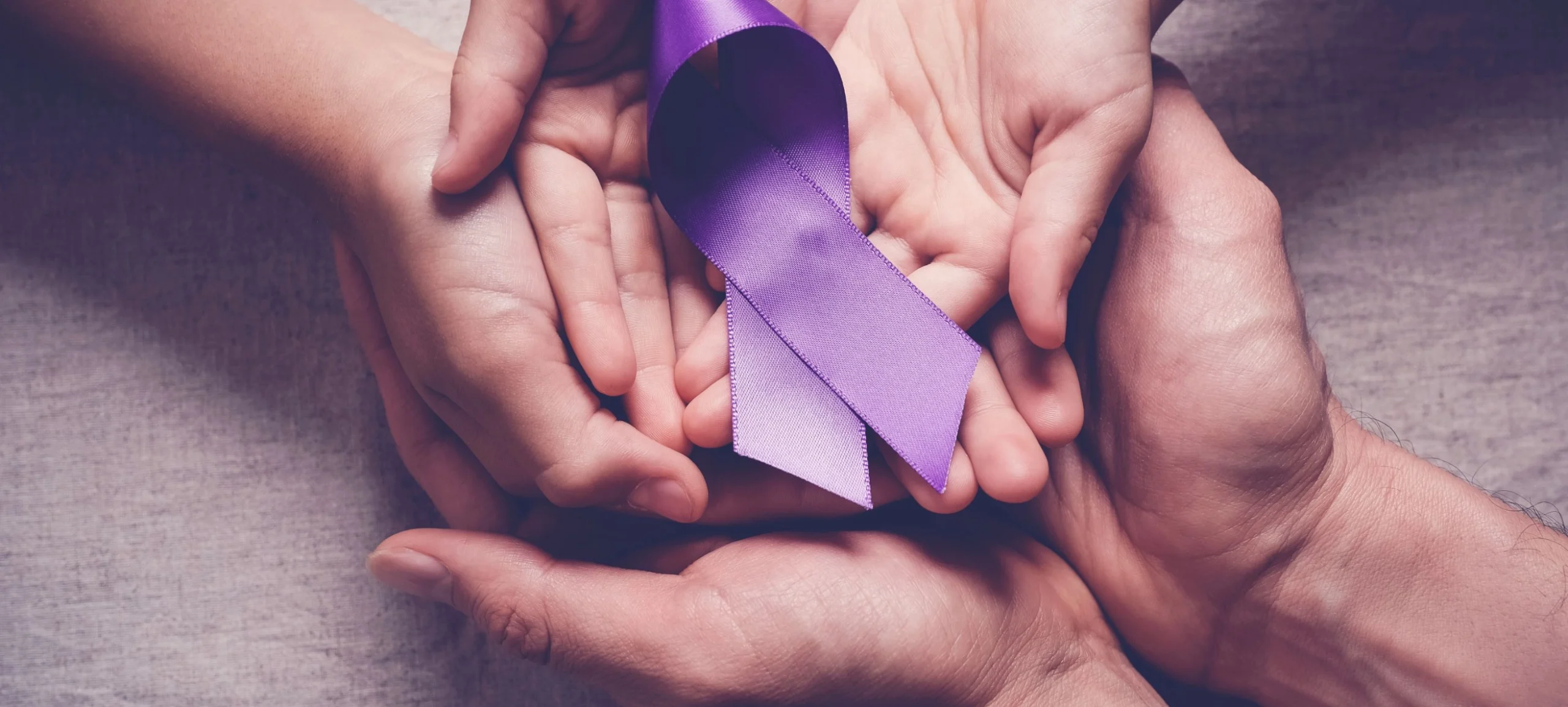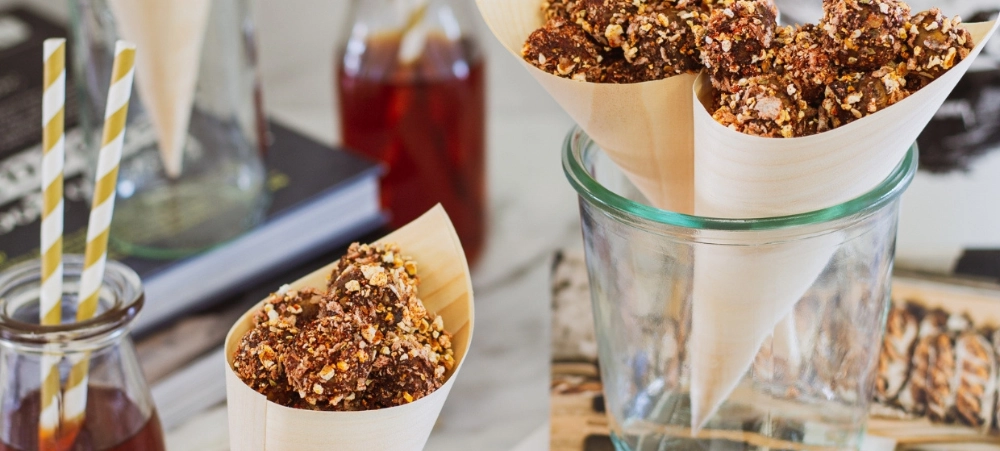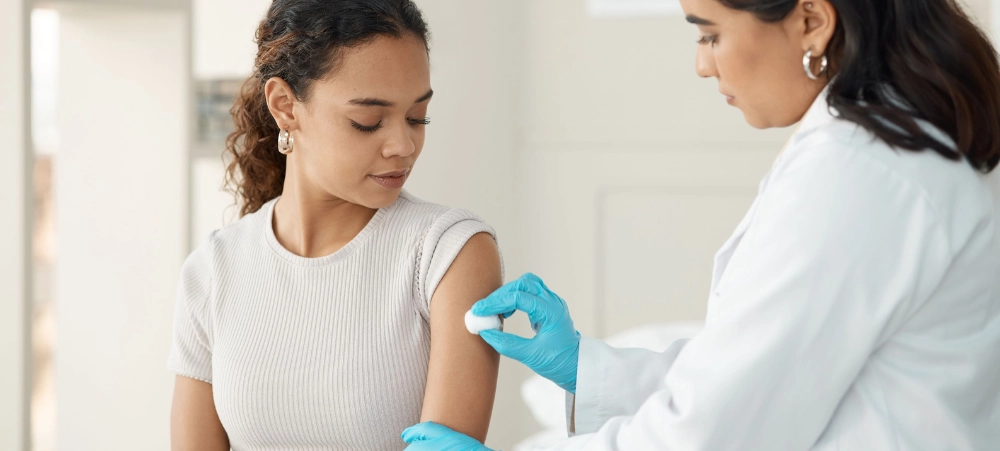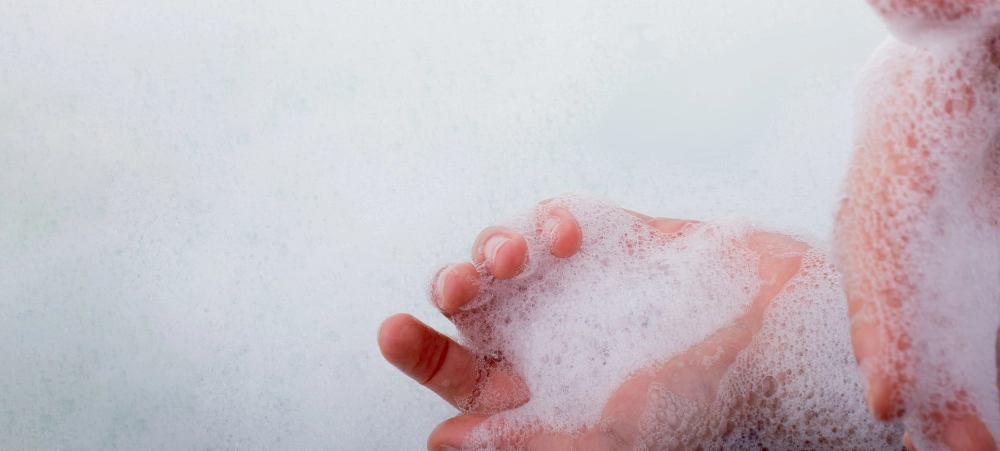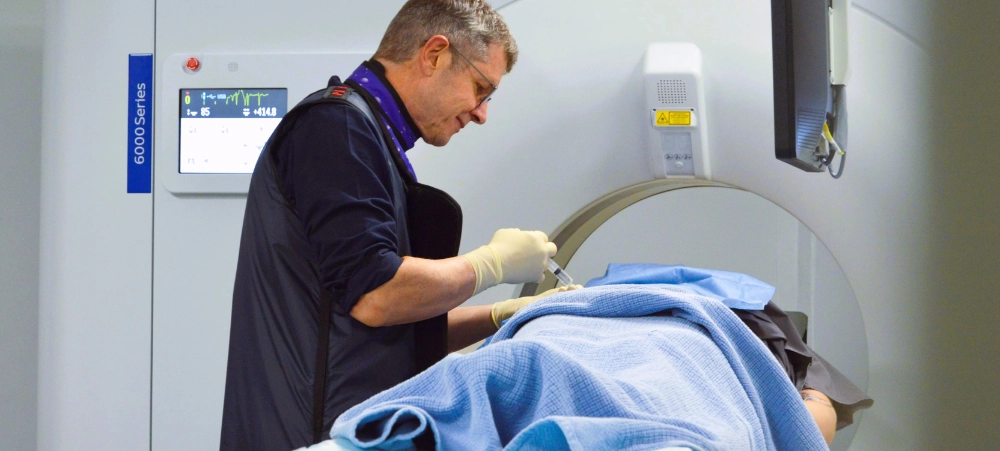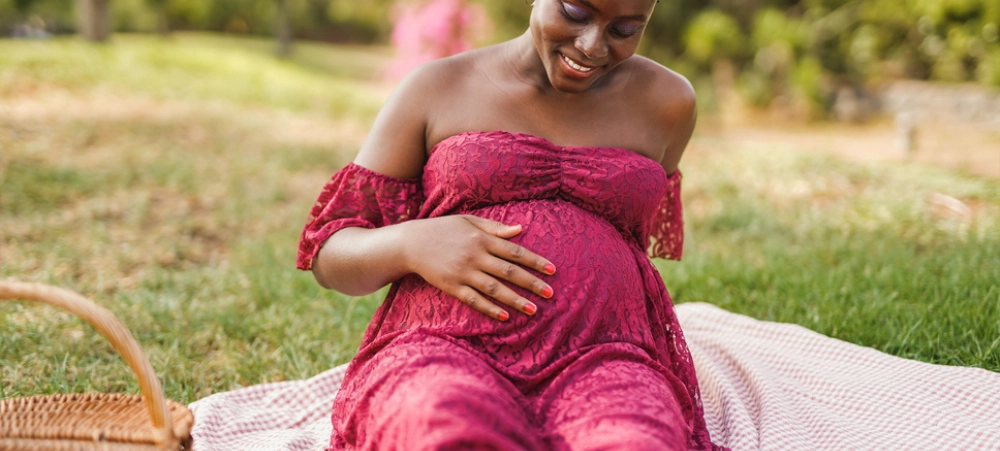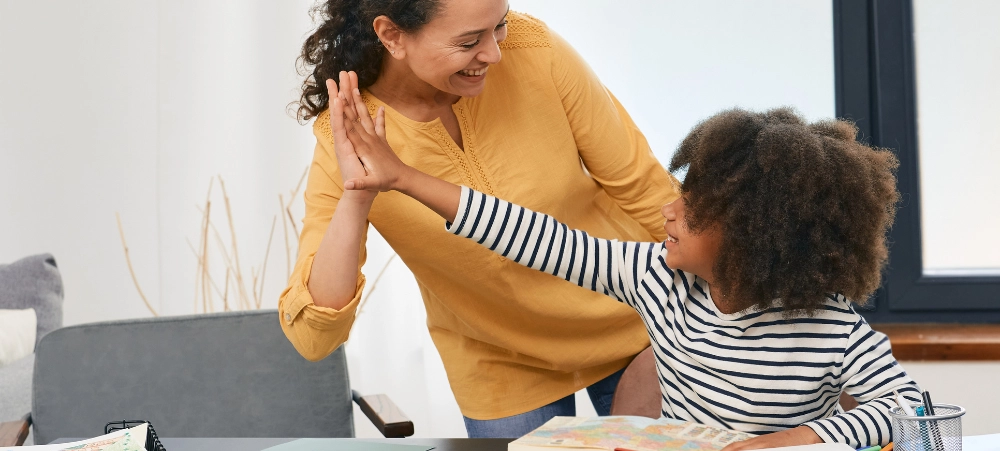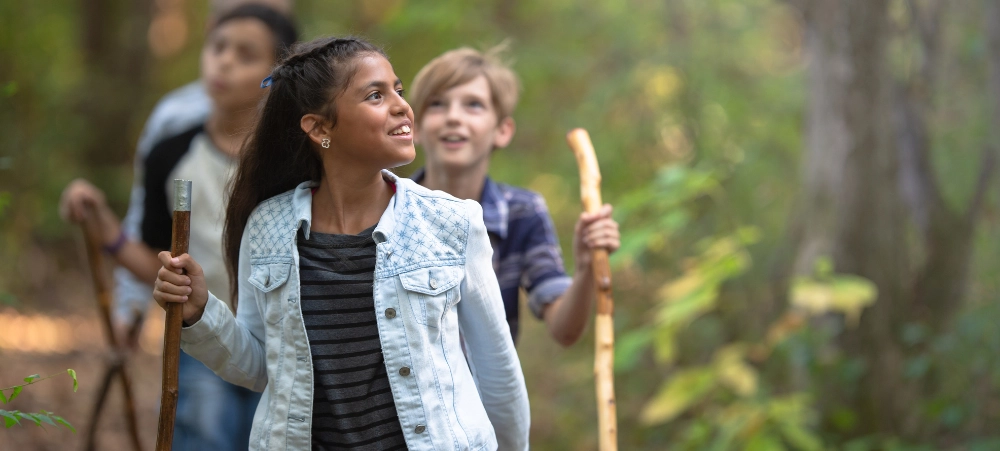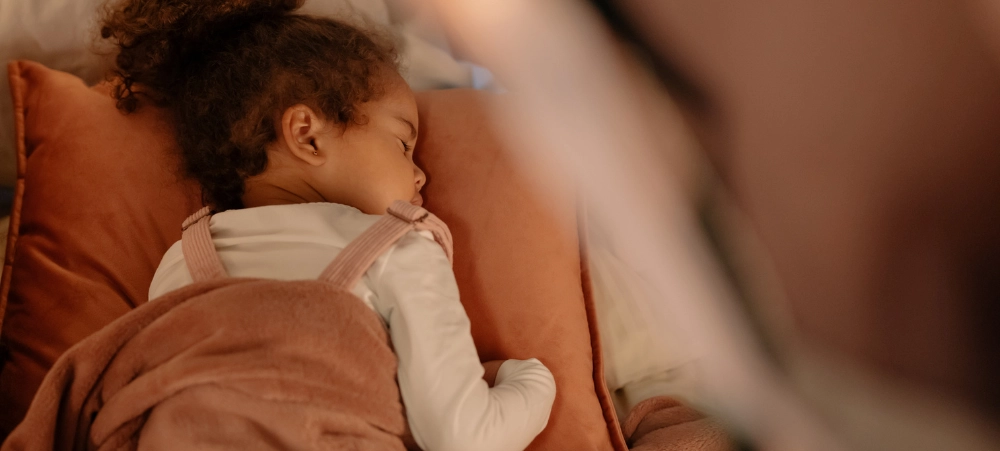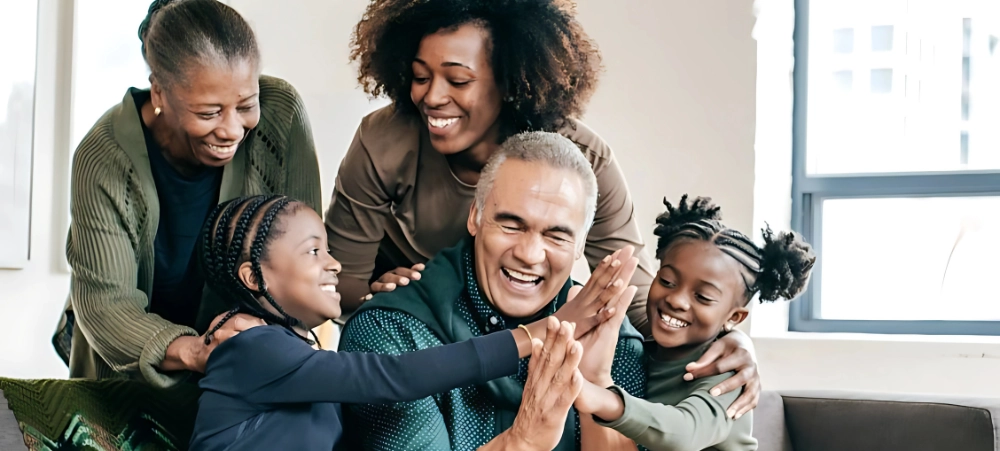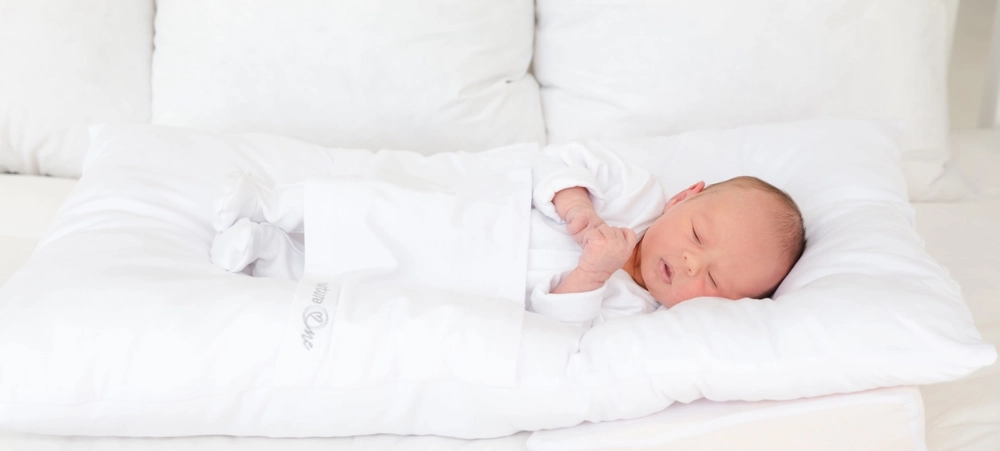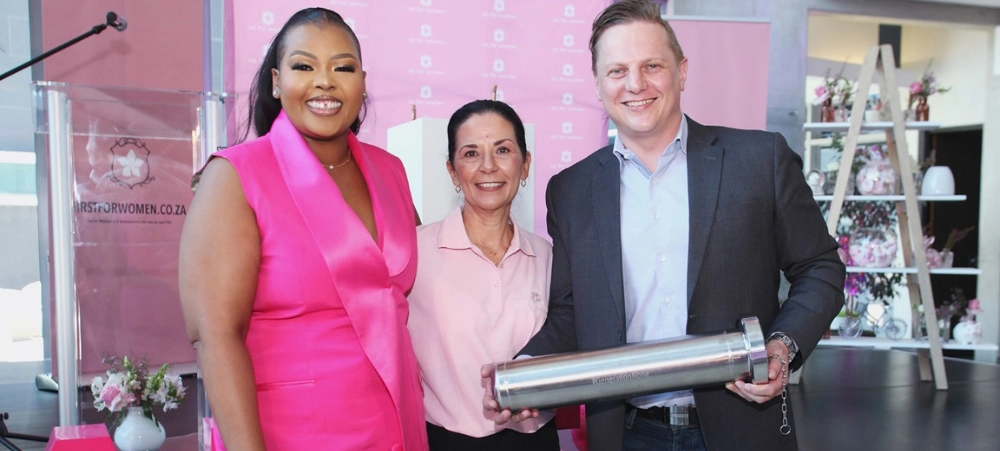Just launched in South Africa, organic Happa Foods brings you a range of healthy and delicious baby foods that are super convenient for busy parents. Happa is dedicated towards making food that’s healthy, tasty, fulfilling and organic for your baby’s development. They are organic, free from unnecessary additives, and packed with pure fruits and veggies. Happa is a brand that’s not only about nutrition, but also about simplifying life for busy, health-conscious parents. The range consists of ready-made cereals, puree pouches, puffs and yogo melts. What makes Happa special is that it’s made by parents, for parents. As a father himself, Happa founder Pankaj knows how important it is to give children the very best when it comes to nutrition. Happa is created to be an option that parents can truly trust—organic, free from unnecessary sugars and additives, and made with high-quality fruits and vegetables. Each product is crafted to be as close to natural as possible, so parents don’t have to compromise on quality or convenience. Happa isn’t just baby food; it’s a way to support our children’s health and growth with real, clean ingredients Happa Foods is available from Makro Online, selected Clicks Stores, Takealot.com and medhealthsup.com Happa Founder’s Story: Happa was born in 2018, out of real-life struggles that our founder, Pankaj along with his wife Pali, faced as parents. While traveling with their young daughter, they quickly discovered how hard it was to find healthy, convenient food options for kids. Every meal option seemed packed with sugar, artificial ingredients, or preservatives. Frustrated by the lack of genuinely healthy choices, Pankaj decided to take matters into his own hands. He envisioned a line of baby foods that parents could trust: organic, free from unnecessary additives, and packed with pure fruits and veggies. And so, Happa was born—a brand that’s not only about nutrition but also about simplifying life for busy, health-conscious parents. Today, Happa offers a range of organic baby foods that are as close to nature as possible, tailored for little ones but loved by parents too. We’re proud to provide new-age families with a better choice, one that’s inspired by a parent’s love and commitment to giving their kids the best start in life. Happa Founder’s Word: How did you come up with the idea for this product? The idea for Happa came from a personal need. My wife, Pali, and I struggled to find healthy, on-the-go options for our daughter while traveling; everything seemed packed with sugar, preservatives, or artificial ingredients. We wanted something natural and nutritious, but it was nearly impossible to find. We realised that other parents were likely facing the same challenge. So, we created Happa—a line of pure, organic baby food made from fruits and vegetables, free from additives. Our goal was to give new-age parents a truly healthy, convenient option for their little ones, and it’s incredibly fulfilling to see so many families benefit from it. What makes your product special? What makes Happa special is that it’s made by parents, for parents. As a father myself, I know how important it is to give my daughter the very best when it comes to nutrition. We created Happa to be an option that parents can truly trust—organic, free from unnecessary sugars and additives, and made with high-quality fruits and vegetables. Each product is crafted to be as close to natural as possible, so parents don’t have to compromise on quality or convenience. Happa isn’t just baby food; it’s a way to support our children’s health and growth with real, clean ingredients What has been the best part of your experience? The best part of my experience has been hearing from parents who feel relieved knowing they can trust what they’re feeding their little ones. As a parent myself, I understand the peace of mind that comes with providing the best nutrition. Every story of how Happa has made a positive difference for a family reminds me why we started this journey, and it’s incredibly fulfilling. Happa Range: Cereal: Puree: Puffs: Melts: Happa Cereal: Happa Brown Rice Cereal 200g – R94.69 Happa Brown Rice Cereal is a nutritious and versatile meal option, ideal for babies transitioning to solid foods. Made from 100% natural brown rice, it is rich in fibre, vitamins, and minerals, promoting healthy digestion and growth. The product is free from preservatives, artificial flavours, and added sugars, ensuring a wholesome and safe choice for young children. It’s easy-to-cook formula makes it convenient for busy parents to prepare quick, nutritious meals. Packaged in a 200g airtight pouch, it retains freshness and quality. Happa Brown Rice Cereal is a trusted choice for health-conscious families seeking a balanced and tasty meal option for their little ones. Happa Brown Rice Cereal is a perfect first food for your little one. Happa cereals are made with traditional recipes passed down through generations, ensuring the best taste and quality for your baby. Happa Brown Rice Cereal is made with wholesome ingredients, providing essential nutrients for your baby’s growth and development. With a variety of options including brown rice and oats, these cereals are also free from artificial preservatives, colours and sweeteners making them a healthy choice for your little one. Happa cereals are easy to digest and suitable for tiny tummies. Happa Oatmeal Cereal 200g – R94.69 Happa Cereal Oatmeal 200g is a nutritious and versatile meal option, ideal for babies transitioning to solid foods. Made from 100% natural oats, it is rich in fibre, vitamins, and minerals, promoting healthy digestion and growth. The product is free from preservatives, artificial flavours, and added sugars, ensuring a wholesome and safe choice for young children. It’s easy-to-cook formula makes it convenient for busy parents to prepare quick, nutritious meals. Packaged in a 200g airtight pouch, it retains freshness and quality. Happa Cereal Oatmeal is a trusted choice for health-conscious families seeking a balanced and tasty meal option for their little ones. Happa Oatmeal Cereal is a perfect first food for your little one. Happa cereals are made with traditional recipes



